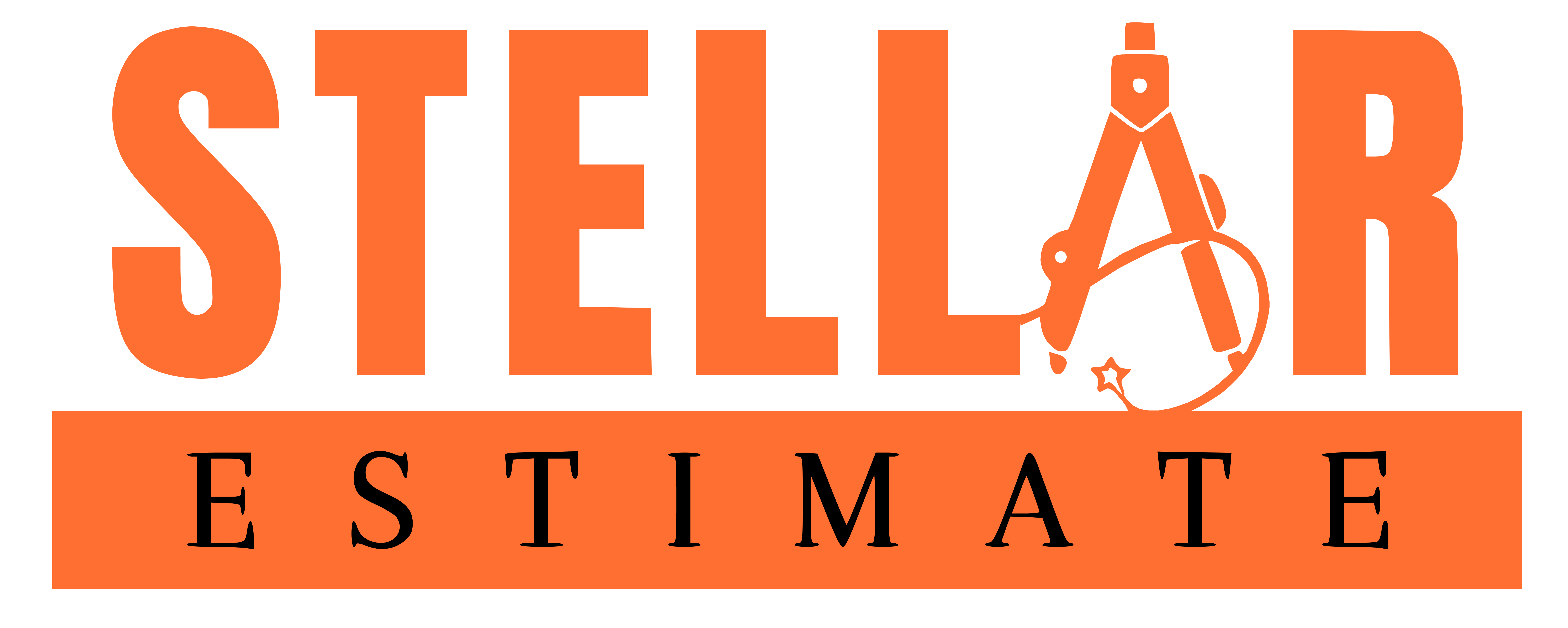How to Accurately Estimate Construction Costs in California’s Diverse Market
California’s construction landscape is as diverse as its geography, ranging from the bustling urban centers of Los Angeles and San Francisco to the quiet rural towns and sprawling agricultural areas. This diversity presents unique challenges for construction cost estimation. Understanding these challenges and implementing effective strategies are crucial for accurate and reliable estimates. In this article, we’ll explore the factors influencing construction costs across California’s varied regions and provide actionable strategies for precise cost estimation.

1. Regional Cost Variations: Urban vs. Rural
Urban Areas:
- Labor Costs: Urban areas often have higher labor costs due to higher living expenses and greater demand for skilled workers. Cities like San Francisco and Los Angeles, known for their high cost of living, require higher wages to attract and retain talent.
- Permitting and Regulatory Costs: Urban construction projects face more stringent regulatory requirements and longer permitting processes. For example, environmental impact assessments and historical preservation rules can add time and cost to a project.
- Material Costs: Logistics and transportation can impact material costs significantly. While urban areas may have easier access to suppliers, they might also face higher costs due to congestion and limited space for storage.
Rural Areas:
- Labor Availability: Rural regions may struggle with a shortage of skilled labor, leading to higher wages to attract workers from other areas or costs associated with transporting workers.
- Transportation and Logistics: Transporting materials to remote locations can be costly and time-consuming, especially for large-scale projects.
- Infrastructure: Rural areas might lack the necessary infrastructure to support large construction projects, necessitating additional investments in temporary or permanent utilities and services.
2. Environmental and Geographical Considerations
- Seismic Zones: California’s susceptibility to earthquakes requires stringent building codes, especially in regions near major fault lines. Estimators must account for the costs of seismic retrofitting and additional structural reinforcements.
- Climate Variations: The state’s diverse climates, from the Mediterranean coast to the arid deserts, affect material selection and construction methods. Coastal areas, for instance, may need materials that withstand saltwater corrosion, while desert regions might require enhanced cooling systems.
- Fire Zones: Wildfire-prone areas require specific building materials and designs to enhance fire resistance, which can significantly increase costs.
3. Economic and Market Conditions
- Demand Fluctuations: High demand in urban centers can lead to increased prices for labor and materials. Conversely, in rural areas with less consistent construction activity, prices may be more volatile.
- Real Estate Prices: Land costs vary dramatically across California, with urban plots commanding premium prices. Estimators must factor in the cost of acquiring land and its impact on overall project feasibility.
- Economic Cycles: Economic downturns or booms affect material costs, labor availability, and financing options. Estimators should stay informed about economic trends and adjust their estimates accordingly.
4. Regulatory and Permitting Challenges
- Zoning Laws: Different regions have unique zoning regulations that affect project scope and costs. Urban projects may face stricter zoning laws that limit building height and density, while rural areas might have fewer restrictions but require compliance with agricultural or environmental regulations.
- Building Codes: Compliance with California’s Title 24 Building Energy Efficiency Standards and other local codes is mandatory. These regulations vary by region and can significantly impact project costs.
- Permitting Timelines: Urban projects often experience longer permitting processes due to the complexity of approvals and inspections required by local authorities. Planning for these delays is crucial for accurate cost estimation.
5. Strategies for Accurate Cost Estimation
1. Conduct Thorough Site Assessments:
- Visit the site to understand geographical, environmental, and logistical challenges.
- Assess local infrastructure and accessibility to anticipate additional costs.
2. Stay Updated on Local Regulations and Codes:
- Regularly review updates to local building codes and zoning laws.
- Engage with local authorities early to understand permitting requirements and potential hurdles.
3. Utilize Local Expertise:
- Partner with local contractors and suppliers who understand the regional market dynamics.
- Leverage local knowledge to anticipate and mitigate challenges unique to the area.
4. Incorporate Contingencies for Uncertainties:
- Include contingencies in your estimates to cover unforeseen costs related to labor shortages, material price fluctuations, and regulatory changes.
- Use historical data to inform your contingency planning based on similar past projects in the area.
5. Leverage Technology and Software:
- Utilize advanced estimation software that factors in regional cost variations and provides up-to-date pricing information.
- Implement Building Information Modeling (BIM) to visualize and plan for complex urban projects or challenging rural sites.
6. Monitor Market Conditions:
- Keep abreast of economic trends, labor market conditions, and material supply chain disruptions.
- Adjust your estimates to reflect current market realities and forecasted trends.
7. Build Relationships with Local Suppliers:
- Establish strong relationships with local suppliers to ensure timely and cost-effective procurement of materials.
- Explore bulk purchasing or long-term contracts to secure better pricing.
8. Plan for Long-Term Sustainability:
- Consider the long-term operational costs and sustainability requirements, particularly in environmentally sensitive or disaster-prone areas.
- Evaluate the lifecycle costs of materials and construction methods to provide a comprehensive estimate.
9. Engage with Community Stakeholders:
- Understand the community’s needs and expectations to anticipate potential project delays or cost adjustments due to public input.
- Foster positive relationships with local communities to facilitate smoother project execution.
10. Regularly Update Estimates:
- Review and update your estimates regularly to reflect changes in project scope, market conditions, and regulatory requirements.
- Conduct periodic re-evaluations throughout the project lifecycle to maintain accuracy and alignment with actual conditions.
Conclusion
Accurate construction cost estimation in California’s diverse market requires a deep understanding of the unique challenges presented by different regions. By considering the factors outlined above and employing strategic approaches tailored to specific locales, estimators can deliver precise and reliable cost assessments. Whether navigating the complexities of urban development or the intricacies of rural construction, a well-informed and adaptable estimation process is key to successful project outcomes in California’s ever-evolving construction landscape.
